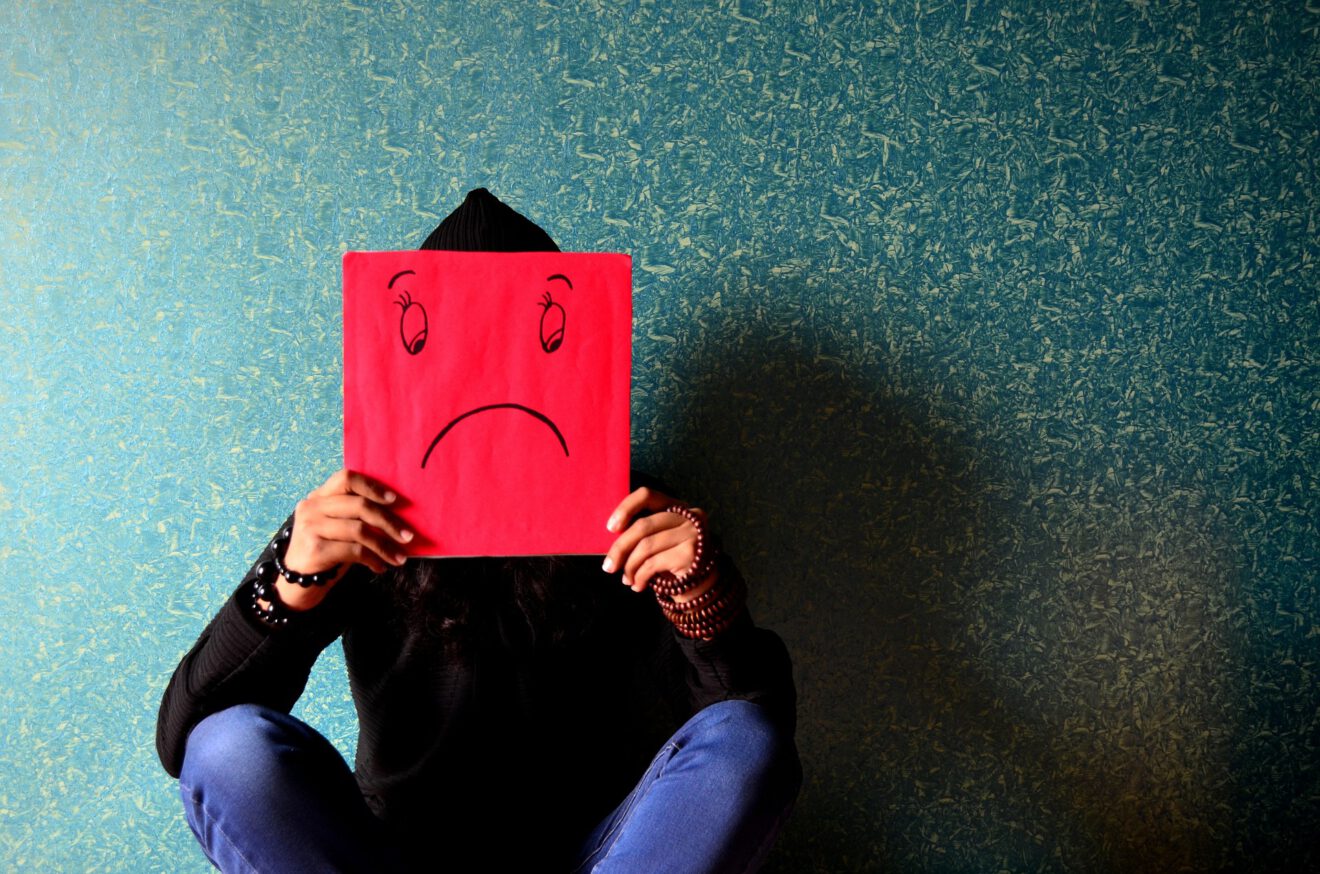School changed forever for me on December 14, 2012. That was the day an individual entered Sandy Hook Elementary School, in Newton, Connecticut, and fatally shot 20 first graders and six adults in 11 minutes.
I became the superintendent of schools in Newtown in January 2014 and began the rebuild and recovery of Newtown Public Schools. I found three practices can help boost school safety: mentorship, social emotional learning and reducing the student-to-school-counselor ratio. These methods are effective in reducing school shootings and other forms of violent and harmful behaviors, including fights, bullying and cyberbullying, among others.
Mentorship
When I was superintendent, I would mentor the three most complex students I could find. School staff followed my example and the practice spread through the district. Mentoring is a no-cost, high buy-in practice. It generated very positive results for us and those students.
However, educators may have difficulty identifying their most complex students. While some children openly engage in disruptive behaviors, many others maintain a facade of normalcy when talking with teachers and schoolmates.
The good news is that those covertly struggling students express themselves much more honestly online. In fact, as more schools adopt a digital curriculum, potentially harmful content is more often found in online file storage than in emails. Some students even use collaborative writing online programs, such as Google Docs, as informal chat rooms. Real-time monitoring of these online communications–balanced with privacy considerations–has proven to be an effective way of identifying students who pose a danger to themselves or others. For example, during the 2017-18 school year, one safety management service, Gaggle, issued 240 alerts to school officials regarding students bringing weapons onto their campuses.
Social-emotional Learning Programs
Programming that focuses on students’ social and emotional health is an essential preventative measure. According to CASEL, more than two decades of research have linked SEL programs to improvements in students’ mental health, social skills and academic achievement and a reduction in criminal behavior.
Today there is an array of SEL choices, so school leaders will need to investigate whether the program they are considering has been proven to work.
School leaders should also consider the additional work that the program will require of teachers. The amount of extra work will have to be reasonable, or else leaders will likely find themselves deep in negotiations with teachers regarding the addition of more tasks to already onerous workloads. Finally, the program should be sustainable, providing a continuum that enables students to participate year after year.
Reducing the Student-to-School-Counselor Ratio
The national student-to-school-counselor ratio is 482-to-1, nearly double the 250-to-1 ratio recommended by the American School Counselor Association. The problem that such a shortage can cause becomes clearer when you consider that Time magazine has reported a rise in high school students’ anxiety and depression since 2012. About 3 million teens ages 12 to 17 had at least one major depressive episode in 2014, and 6.3 million teens had an anxiety disorder.
Two factors make those statistics even more alarming:
-
This is most likely the tip of the iceberg because “many people do not seek help for anxiety and depression,” according to Time; and
-
The average high school student has “the same level of anxiety as the average psychiatric patient in the early 1950’s,” according to a 2008 story in Psychology Today.
Given the vast number of schools within the United States, it can be argued that school shootings are actually a rarity. But by Education Week’s tally, 24 school shootings resulting in injuries or deaths occurred in 2018. In order to keep our schools safe, we absolutely need to turn them into environments that can effectively alleviate the social and emotional issues that can contribute to school violence.
Dr. Joe Erardi is a retired superintendent from Newtown, Connecticut, who was recognized as the outstanding school superintendent in Connecticut in 2017 and school administrator of the year in 2016. Presently, Erardi coordinates the American Association School Administrators safety website and has served as an executive board member of AASA for three years. He shares ideas about keeping schools safe in a webinar hosted by Gaggle and the National School Boards Association.
Tech Tips is a weekly column in SmartBrief on EdTech. Have a tech tip to share? Contact us at [email protected].
___________________________________________________________________________________
Like this article? Sign up for SmartBrief on EdTech to get news like this in your inbox, or check out all of SmartBrief’s education newsletters , covering career and technical education, educational leadership, math education and more.
